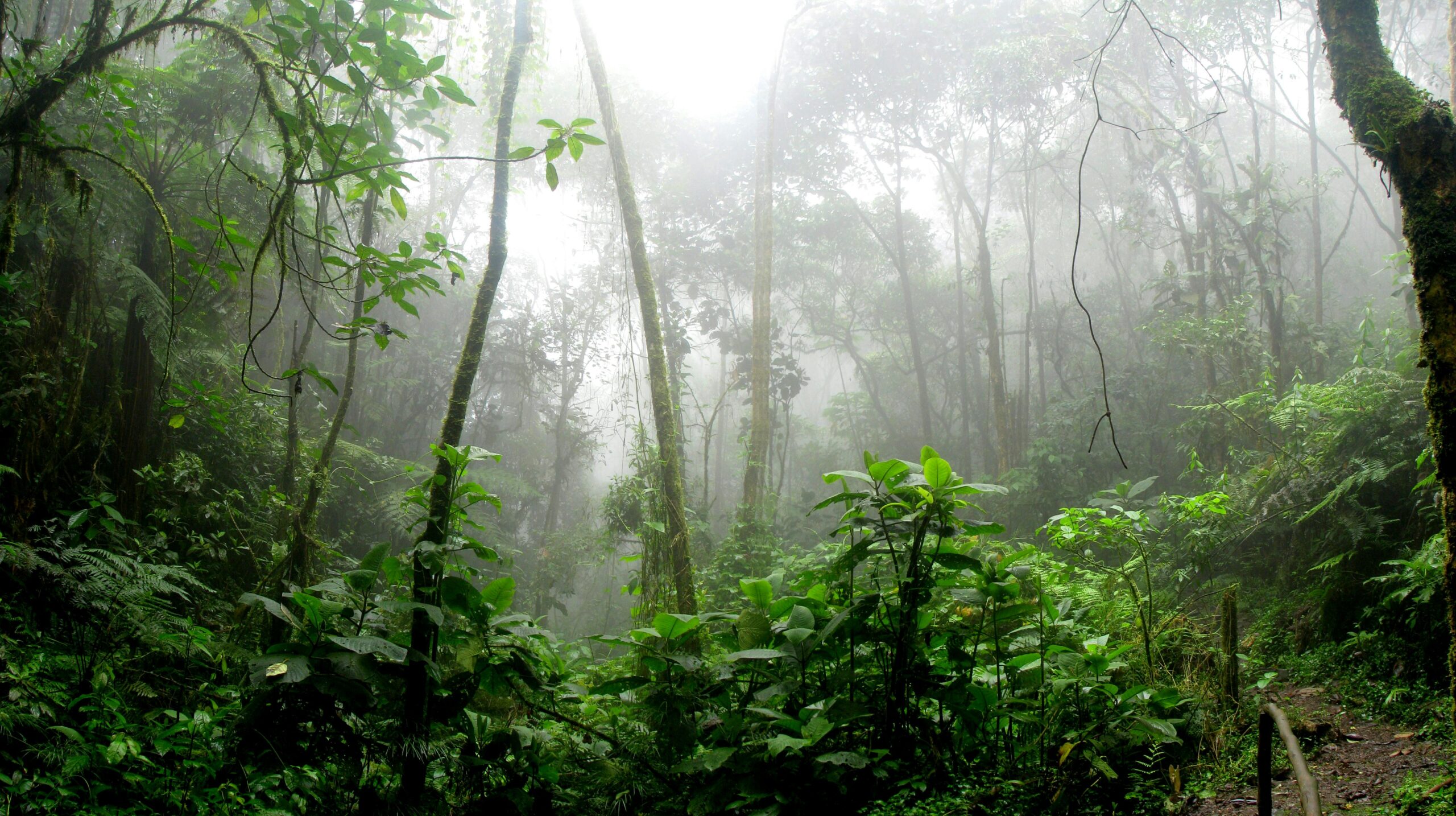An international team of researchers has introduced a new approach to biodiversity conservation by using portable DNA sequencing technologies in the Peruvian Amazon. The work, led by scientists from the San Diego Zoo Wildlife Alliance and Peru’s Museo de Historia Natural de la Universidad Nacional Mayor de San Marcos, focuses on filling major genetic data gaps in one of the world’s most biodiverse regions.
The Peruvian Amazon faces rapid biodiversity loss due to wildfires and habitat destruction, often before many species are even identified. Three recent studies—two previously released and one published in Scientific Data—reveal that 44% of bird species and 45% of mammal species native to Peru are missing from major genetic databases like GenBank, BOLD, and Figshare. For genetic data generated from Peruvian samples, the figure drops even further to 4.3% for birds. These gaps make it difficult to track species diversity and plan effective conservation strategies.
To address this, researchers set up three mobile laboratories equipped with nanopore sequencing devices to barcode species directly in the field. This in situ method eliminates the need to send samples abroad and allows scientists to generate and analyze data in real time. Between 2018 and 2023, the team produced genetic barcodes for 1,858 specimens, including the first genetic data for 30 mammal and 196 bird species. This boosted the representation of Peruvian mammals in the Barcode of Life Database by 110% and birds by 36.5%.
“Documenting biodiversity is the first step toward understanding how ecosystems function and how to protect them,” said lead author Pamela Sánchez Vendizú. Researchers emphasized that traditional survey methods relying on foreign sequencing often delay conservation efforts. In contrast, local sequencing strengthens national scientific capacity and allows rapid responses to threats such as illegal wildlife trade.
The initiative highlights how equipping local scientists with portable, real-time sequencing tools can transform biodiversity monitoring. It offers a model for other biodiversity-rich countries with limited resources to build their own genetic databases and conservation strategies.
“This enhances the ability of Peruvian institutions to manage their biodiversity resources effectively,” said César Arana, lead natural historian at the San Marcos Natural History Museum.
The project involved several partners, including the Amazon Conservation Association, Conservación Amazónica-ACCA, Field Projects International, the Inkaterra Association, the Universidad Nacional Mayor de San Marcos, and the University of Oulu. The approach could help shape conservation strategies far beyond the Amazon.

